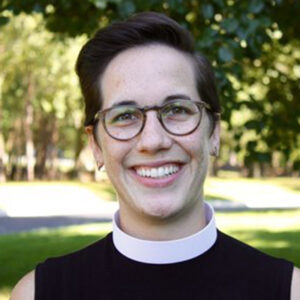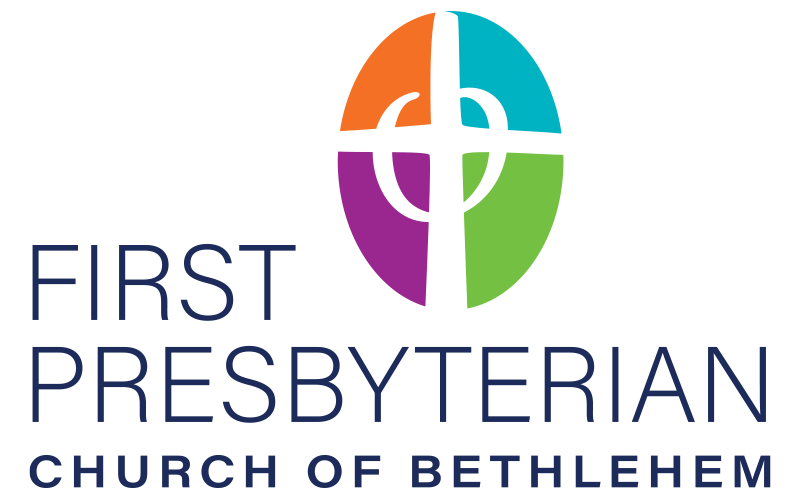By The Lindsey Altvater Clifton
We are all familiar with the preciousness of bedtime rituals—we read and sing to children and tuck them in with sweet words: “Good night, sleep tight, sweet dreams…I love you.” And even as grown-ups, we often crawl into bed for a few quiet minutes to read or to hold our spouse close before turning out the light. We come again and again to these bedtime rituals to calm our anxieties and ease ourselves into darkness.
Parents line the halls to the bathroom with nightlights  to scare away the closet monsters for children who fear darkness. But as we grow older, the monsters take a different shape: darkness descends with the call that a loved one has cancer, months of unemployment, a child with an addiction, or an unanswered prayer. We are terrified about the absence of God, dementia, the melting of polar ice caps, and what it will feel like to die.
to scare away the closet monsters for children who fear darkness. But as we grow older, the monsters take a different shape: darkness descends with the call that a loved one has cancer, months of unemployment, a child with an addiction, or an unanswered prayer. We are terrified about the absence of God, dementia, the melting of polar ice caps, and what it will feel like to die.
Many of us have encountered this broad theological belief that darkness is evil, scary, and just plain bad. We even hear a bit of it again today in Zechariah’s judgment-laden words about “those who sit in darkness and in the shadow of death.” And gradually-growing light shining in the darkness is one of the primary metaphors and worship experiences of Advent as we light the wreath candles each week and sing Silent Night by candlelight on Christmas Eve.
From the moment God declared, “let there be light,” we have too often christened light and condemned darkness. We pray “Be our light in the darkness, O Lord” and we sing “When we’ve been there ten thousand years/ Bright shining as the sun.” The message we send is hard to miss: if you are in the dark, you are not with God. (paraphrase, Elizabeth Dias)
But what if there is more to darkness than that? And what if the call to prepare the way and build a foundation of peace insists on us reorienting our relationship with darkness, especially as a largely white community of faith?
In fact, darkness has often been the setting for humanity’s closest encounters with the divine. In Genesis, darkness existed before God even began work in creation. Everything was made by God from dark. God appeared to Abraham in the night and promised him descendants more numerous than the stars. Hagar and Ishmael are saved by the desert’s shade and shadows. The exodus from Egypt happened at night. God met Moses in thick darkness atop Mount Sinai to hand down the Ten Commandments. The apostle Paul’s conversion happened after he lost his sight. Jacob wrestles an angel in the middle of the night and insists on a blessing. Even today’s priest, Zechariah, learns his wife will bear a child in her old age in the dimness of the sanctuary of the Lord. And of course Jesus was born in the dark, beneath a star, and the resurrection happened in a darkness of a cave. God and darkness have been friends for a very long time. There’s so much that happens in the dark that is essential to the Christian story, especially in this season when “we put all our hope in the sacred blackness of a womb….In Advent, we reclaim the holy dark.” (Cole Arthur Riley)
It is essential that we seek to make peace with such a truth about darkness because as one author and artist reminds us, “more than it merely means wrong or bad, it is also the color or a full, starless night sky, and the actual bodies of human beings who have been overlooked too many times. Many, many words hold more than one meaning” (Morgan Harper Nichols).
And if we, too, hear Zecheriah’s tender, bold blessing and call to his infant son John to prepare the way of the Lord who guides our feet into the way of peace, then such inner and outer work is essential to our faithful living. If we long for the foundation of God’s peace-filled kindom in our world, if we long to be closer to God’s intended home and shalom here and now, then we must take up an identity as peacemakers.
Not merely peace-keepers who are conflict avoidant and silent in the face of injustice and wrongdoing, but peace-makers: people actively committed to creating change and seeking liberation for all. For that is God’s holy work, and Zechariah reminds us of that in his song of praise, breaking the narrative flow of the story unfolding in Luke to lay the prophetic, peace-filled foundation for his newborn son’s ministry and ours today.
“Blessed be the Lord God of Israel,
for he has looked favorably on his people and redeemed them.
He has raised up a mighty savior for us
in the house of his servant David,
as he spoke through the mouth of his holy prophets from of old,
that we would be saved from our enemies and from the hand of all who hate us.
Thus he has shown the mercy promised to our ancestors,
and has remembered his holy covenant,
the oath that he swore to our ancestor Abraham,
to grant us that we, being rescued from the hands of our enemies,
might serve him without fear, in holiness and righteousness
before him all our days.”
With these words, the once mute and disbelieving prophet, speaks with renewed faith and imagination about what’s possible for God’s people: Zechariah takes us back to Old Testament liberation stories “through the exodus, into the monarchy, across the prophetic tradition of ancient Israel and into the hope for a new promise fulfilled first through John the Baptist and then through Jesus” (Dr. Yolanda Norton).
For those encountering Luke’s gospel in that historic moment and for us in our own contemporary violence-laden world, the vision and call to be a community bearing the image of peace is a counter-cultural one. Interestingly, Luke’s gospel uses the word peace more than all three of the other gospels combined. As one scholar notes:
By the time of Luke’s Gospel, the Romans have destroyed the Jerusalem Temple, and news about Jesus has begun to spread beyond Palestine to pockets around the Roman Empire. In that context, no less than in the decades earlier when Elizabeth and Mary were preparing to give birth to their sons, the message of God’s peace comes to a world more practiced at the art of warfare than it is at the craft of reconciliation (cf. Luke 19:42). God’s peace stands in striking contrast to the peace of the Roman Caesars, during whose reign John and Jesus are both born and executed. (Dr. Audrey West).
Friends, through the stories of Zechariah and John, we are called to prepare the way of Jesus, to be guided by God down the path of peace. It is a new foundation to build if we are to create a home of shalom on earth as it is in heaven. Indeed, God walks with us and calls us to name and reorient the world’s foundation of aggression with a foundation of faith-filled peacemaking. We are to be witnesses whose lives proclaim that laws of fear and preservation of power and wealth don’t guide us. Instead, we follow the way of Jesus, the Prince of Peace, and we’re guided by laws of vulnerability and authenticity, called to preserve compassion and share abundance—all of which generate love, forge justice, and create peace.
And as we seek to do such work in the world, we begin with our own spiritual lives, committing to reorienting our relationship with darkness; trusting that God is just as present in the peaceful, still silence of night as God is present in the breaking dawn. In the famous words of Zora Neale Hurston writes, “They seemed to be starting at the dark, but their eyes were watching God.” May it be so, peacemakers. This day and each day. Amen.
